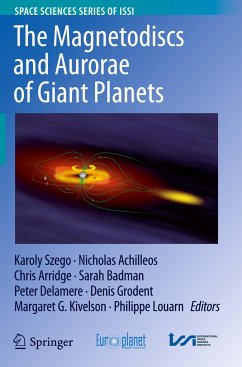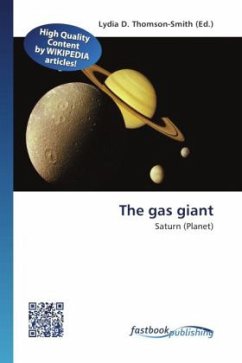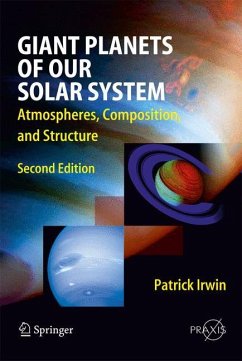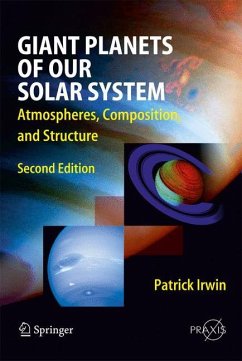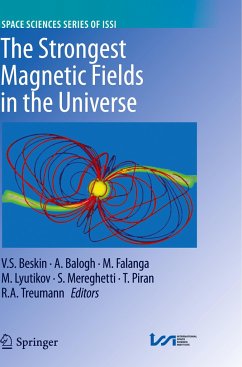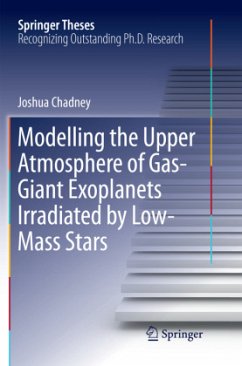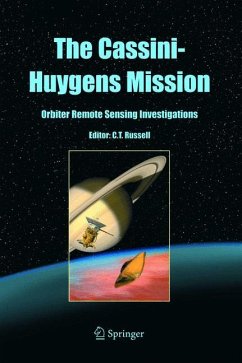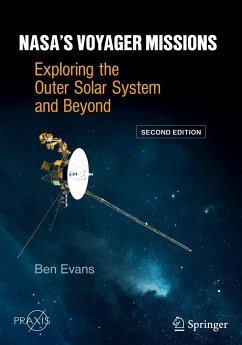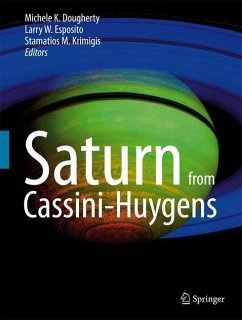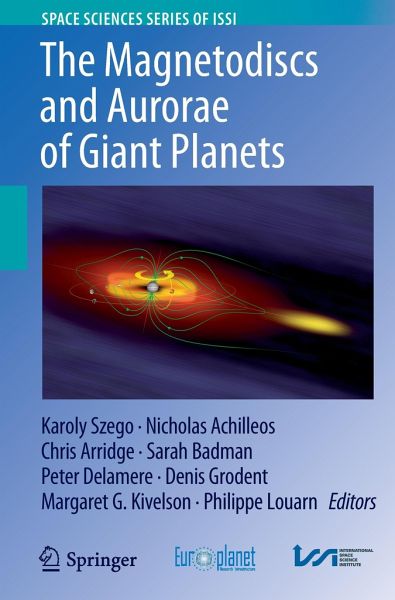
The Magnetodiscs and Aurorae of Giant Planets
Versandkostenfrei!
Versandfertig in 6-10 Tagen
76,99 €
inkl. MwSt.

PAYBACK Punkte
38 °P sammeln!
Readers will find grouped together here the most recent observations, current theoretical models and present understanding of the coupled atmosphere, magnetosphere and solar wind system. The book begins with a general discussion of mass, energy and momentum transport in magnetodiscs. The physics of partially ionized plasmas of the giant planet magnetodiscs is of general interest throughout the field of space physics, heliophysics and astrophysical plasmas; therefore, understanding the basic physical processes associated with magnetodiscs has universal applications. The second chapter character...
Readers will find grouped together here the most recent observations, current theoretical models and present understanding of the coupled atmosphere, magnetosphere and solar wind system. The book begins with a general discussion of mass, energy and momentum transport in magnetodiscs. The physics of partially ionized plasmas of the giant planet magnetodiscs is of general interest throughout the field of space physics, heliophysics and astrophysical plasmas; therefore, understanding the basic physical processes associated with magnetodiscs has universal applications. The second chapter characterizes the solar wind interaction and auroral responses to solar wind driven dynamics. The third chapter describes the role of magnetic reconnection and the effects on plasma transport. Finally, the last chapter characterizes the spectral and spatial properties of auroral emissions, distinguishing between solar wind drivers and internal driving mechanisms. The in-depth reviews provide an excellent reference for future research in this discipline.



